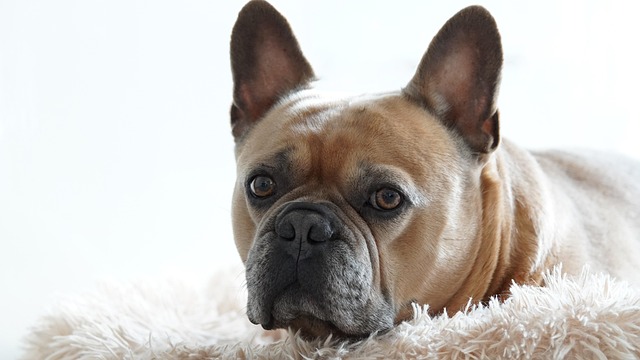
How to stop a puppy biting the leash?
It may seem that puppies biting the leash is just mischievous, but in fact, there are complex behavioral logic and emotional needs behind it.
The issue of a dog's toilet behavior may seem like a trivial matter in daily life, but it directly affects the tidiness of the home environment and the owner's quality of life. More importantly, teaching a dog to use the toilet correctly is a crucial step in building trust with them and cultivating good living habits. On this training journey, we carry our love and expectations for the dog and are eager to find the most effective way to help them learn to use the toilet civilly and jointly create a warm and harmonious living atmosphere.
To explore the best methods for toilet training a dog, we first need to have an in-depth understanding of the dog's physiological habits. Dogs usually have a strong need to excrete 15 - 30 minutes after eating, 20 - 40 minutes after drinking, as well as after waking up and intense exercise. The bladder and intestinal functions of a young puppy are not fully developed, and its self-control ability is weak. It may need to excrete every 1 - 2 hours. Adult dogs have relatively stronger endurance and can generally control the excretion interval to 4 - 6 hours. In addition, dogs have a strong "territorial awareness" and are accustomed to excreting in places with their own smell, using urine and feces to mark their territory. Understanding these characteristics is like having the key to the training door, enabling us to more accurately grasp the training opportunities and formulate scientific training plans.
Choosing an appropriate defecation area is an important start of the training. This area should be quiet and ventilated, away from the dog's resting and eating areas, to avoid the dog's resistance due to odor interference. Common choices include the balcony and bathroom at home, or a special pet toilet can also be used. If a pet toilet is used, it is recommended to choose a style with a grid or leak holes, which is convenient for the excrement to leak down and keep the dog's feet dry and clean. If the balcony or bathroom is used, a soft urine pad can be laid to create a comfortable defecation environment for the dog. To attract the dog to go there on its own, we can place newspapers stained with its urine smell in the area. By relying on the dog's sensitivity to its own smell, we can guide it to get familiar with this special place, just like setting up an exclusive "navigation coordinate" for it.
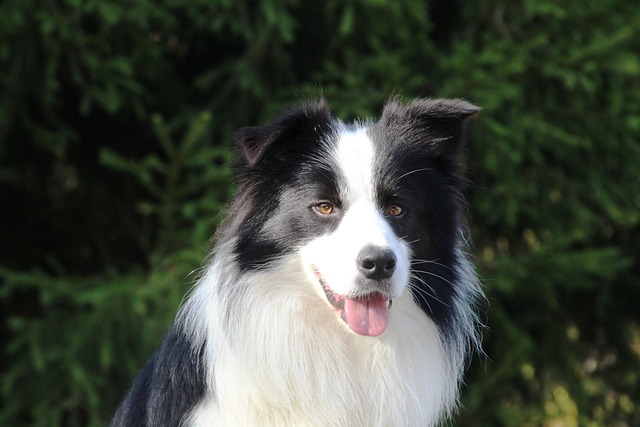 Positive reinforcement is the core method throughout the training process and the warmest and most effective way. When the dog defecates in the designated area, we should immediately become an "enthusiastic cheerleading team", praise it loudly with a cheerful and encouraging tone, such as "You're so great, baby" or "You're so good", and at the same time, give it a gentle stroke to make the dog feel full of love and recognition. Immediately after that, offer its favorite snacks, such as dried chicken and cheese pieces. This double reward of taste and emotion will make the dog closely associate defecating in the designated area with a pleasant experience. Dogs naturally long for the attention and praise of their owners. In repeated positive feedback, they will gradually understand that this is what the owner wants them to do, and they will be more willing to repeat the correct behavior on their own. When we find that the dog defecates in the wrong place, we should never scold or physically punish it. Because dogs cannot understand where our anger comes from, punishment will only make them feel fearful and confused, and they may even hold back urine and feces, having a negative impact on the training. At this time, we should quietly clean up the scene and use a pet-specific deodorant to completely eliminate the smell, avoiding the remaining smell from attracting the dog to make the mistake again.
Positive reinforcement is the core method throughout the training process and the warmest and most effective way. When the dog defecates in the designated area, we should immediately become an "enthusiastic cheerleading team", praise it loudly with a cheerful and encouraging tone, such as "You're so great, baby" or "You're so good", and at the same time, give it a gentle stroke to make the dog feel full of love and recognition. Immediately after that, offer its favorite snacks, such as dried chicken and cheese pieces. This double reward of taste and emotion will make the dog closely associate defecating in the designated area with a pleasant experience. Dogs naturally long for the attention and praise of their owners. In repeated positive feedback, they will gradually understand that this is what the owner wants them to do, and they will be more willing to repeat the correct behavior on their own. When we find that the dog defecates in the wrong place, we should never scold or physically punish it. Because dogs cannot understand where our anger comes from, punishment will only make them feel fearful and confused, and they may even hold back urine and feces, having a negative impact on the training. At this time, we should quietly clean up the scene and use a pet-specific deodorant to completely eliminate the smell, avoiding the remaining smell from attracting the dog to make the mistake again.
A regular daily routine is crucial for toilet training a dog. Fixed feeding, walking, and resting times every day can help the dog form a stable physiological rhythm, making it easier for us to predict its excretion time. For example, after getting up in the morning, after meals, and before going to bed every day, take the dog to the designated defecation area regularly and encourage it softly, like saying "Pee here". Even if the dog doesn't defecate immediately, don't be in a hurry to take it away. Let it stay in place for a few minutes and give it enough time to try. As the training progresses, the dog will gradually get used to this routine and develop the good habit of defecating at fixed times and places. This process is like accompanying a child to grow up, and every patient waiting and guidance are filled with warm expectations.
When it comes to training a young puppy, we need to be more careful and patient. They are like ignorant children and require constant attention and guidance. Due to the weak self-control ability of young puppies, we need to take them to the defecation area frequently, trying every 1 - 2 hours. At this stage, the training may be rather tiring. We need to be vigilant all the time and not miss any signals that the dog may need to defecate, such as suddenly sniffing the ground, turning around in place, and being restless. However, when we see that the young puppy defecates in the designated area for the first time under our guidance, the joy and sense of achievement are beyond words, and all the hard work turns into the motivation to move forward.
During the training process, we can also use some auxiliary tools to improve efficiency. For example, using a dog toilet inducer and spraying it in the designated defecation area can attract the dog to go there by using the special smell. Smart pet toilets can automatically clean up the excrement, keep the environment clean, and reduce the burden on the owner. In addition, for busy owners, they can also choose professional pet training courses or consult a dog trainer to obtain more systematic and professional guidance.
Toilet training a dog does not happen overnight. We need to maintain sufficient patience and firm confidence. During this process, setbacks and difficulties are inevitable, and the dog may make mistakes occasionally. But every mistake is an opportunity to learn. We should always treat it with a gentle attitude and believe that through continuous efforts and scientific methods, the dog will definitely learn to use the toilet correctly. One day, when the dog can go to the designated area to defecate consciously and the home becomes clean and fresh again, the emotion between us and the dog will be sublimated through these training interactions.

It may seem that puppies biting the leash is just mischievous, but in fact, there are complex behavioral logic and emotional needs behind it.
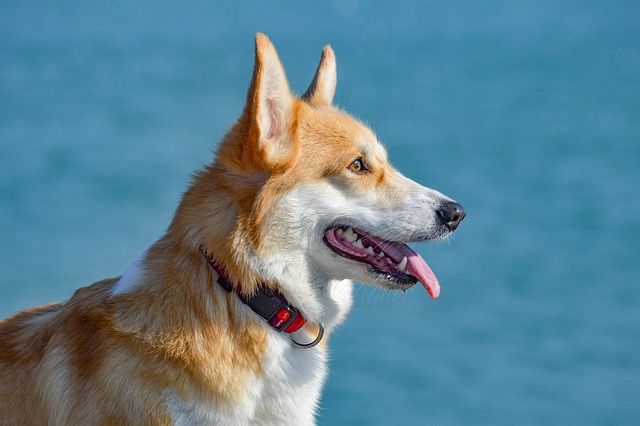
The dog that was originally gentle, well-behaved and had a close relationship with the family suddenly shows its teeth, growls menacingly
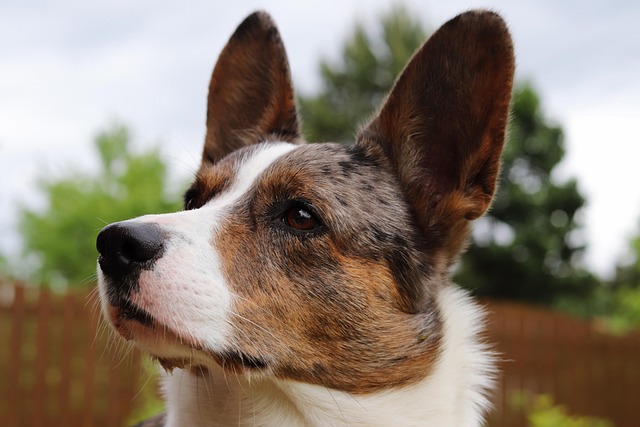
When we get home after a busy day at work and want to relax on the sofa for a while, we find that the sofa is covered with the dog's paw prints and fur,
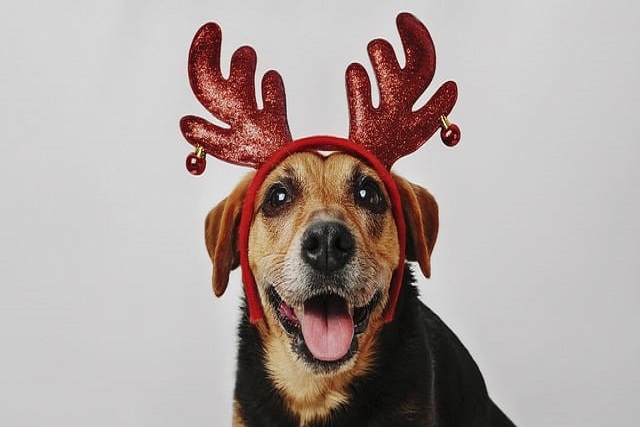
When we walk around at home, a fluffy little figure always follows behind us. Even when we just go to the kitchen to get a glass of water and look back,
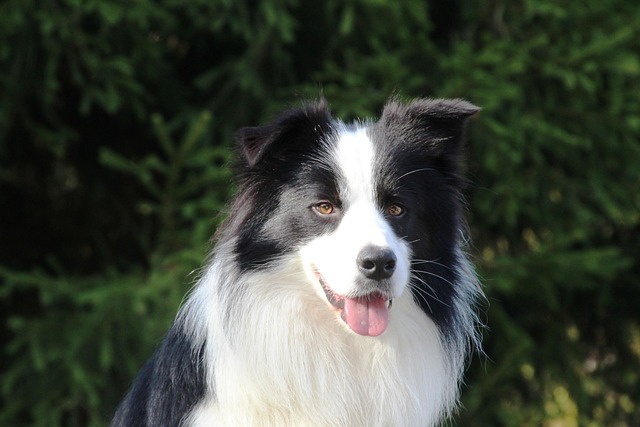
The issue of a dog's toilet behavior may seem like a trivial matter in daily life, but it directly affects the tidiness of the home environment and the owner's quality of life.
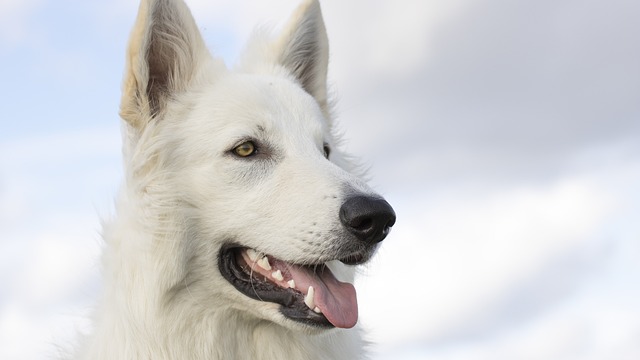
When the lovely dog at home starts barking wildly day and night, breaking the peaceful life with its harsh barking, the feeling of annoyance and helplessness is beyond words.